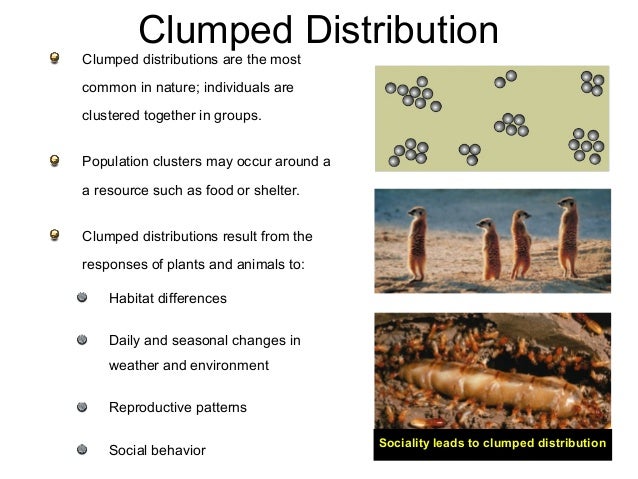

Besides challenges attributed to numerous numbers of polyploidization and hybridization events, bioinformatic analyses are also often hampered by missing information on progenitors, ploidy levels, and reproduction modes.

Finally, alongside biogeography, the reticulate relationships and genome composition and evolution of young, large polyploid plant species complexes have not yet been deciphered comprehensively. On the other hand, potential disadvantages of sexual progenitors due to their breeding system on fitness and genetic diversity have received even less attention. On the one hand, complex interactions of genome-wide heterozygosity, ploidy, reproduction mode (sexual versus asexual), and climatic environmental factors shaping GP have not been studied enough. GP has been widely attributed to advantages of apomicts caused by polyploidy and uniparental reproduction, i.e., fixed levels of high heterozygosity leading to increased stress tolerance, and self-fertility leading to better colonizing capabilities. Factors shaping GP patterns are still controversially discussed. GP patterns usually have a Pleistocene context because climatic range shifts in temperate to boreal zones offered frequent opportunities for interspecific hybridization, probably giving rise to apomixis in the Northern Hemisphere. Apomicts frequently occupy larger areas or more northern regions compared to their sexual relatives, a phenomenon called geographical parthenogenesis (GP). The biogeography and evolution of those plant complexes is even more challenging. Integrative approaches using both genomic and morphometric data for disentangling the young progenitors are still lacking so far. Nevertheless, even recognizing and delimiting the sexual progenitors of species complexes is methodically challenging due to low genetic divergence, possible hybrid origins, ongoing gene flow, and/or incomplete lineage sorting (ILS). In apomictic lineages, the lack of recombination and cross-fertilization can result in numerous clonal lineages with fixed morphological and ecological traits (agamospecies). They usually comprise a few sexual progenitor species, and numerous polyploid, partly apomictic, hybrid derivatives.

Evolutionarily young plant species complexes offer a unique opportunity to study plant speciation and accompanying processes. The question of “What is a species?” is of highest priority for evolutionary biologists: Species are the fundamental units for biodiversity, and further evolutionary and ecological research relies on well-defined entities. However, the enigmatic phenomenon of plant speciation accompanied by polyploidy and apomixis is still poorly understood despite tremendous progress in the field of genomics. In plants, both processes are frequently connected to apomixis, i.e., the reproduction via asexually-formed seeds. Polyploidy and hybridization (i.e., allopolyploidy) are particularly considered to create biotypes with novel genomic compositions and to be key factors for subsequent speciation and macroevolution. 370,000 species) and contain 30–70% neopolyploids. Polyploidization events, probably connected to key innovations (e.g., vessel elements or the carpel), occurred frequently in the evolutionary history of flowering plants, which are the most species-rich group in the plant kingdom (ca. In plants, not only the economic but particularly the evolutionary importance is overwhelming.
DISPERSIO PATTERS OF OF ORGAISMS FULL
Polyploidy, the presence of two or more full genomic complements, repeatedly occurs across the tree of life.


 0 kommentar(er)
0 kommentar(er)
